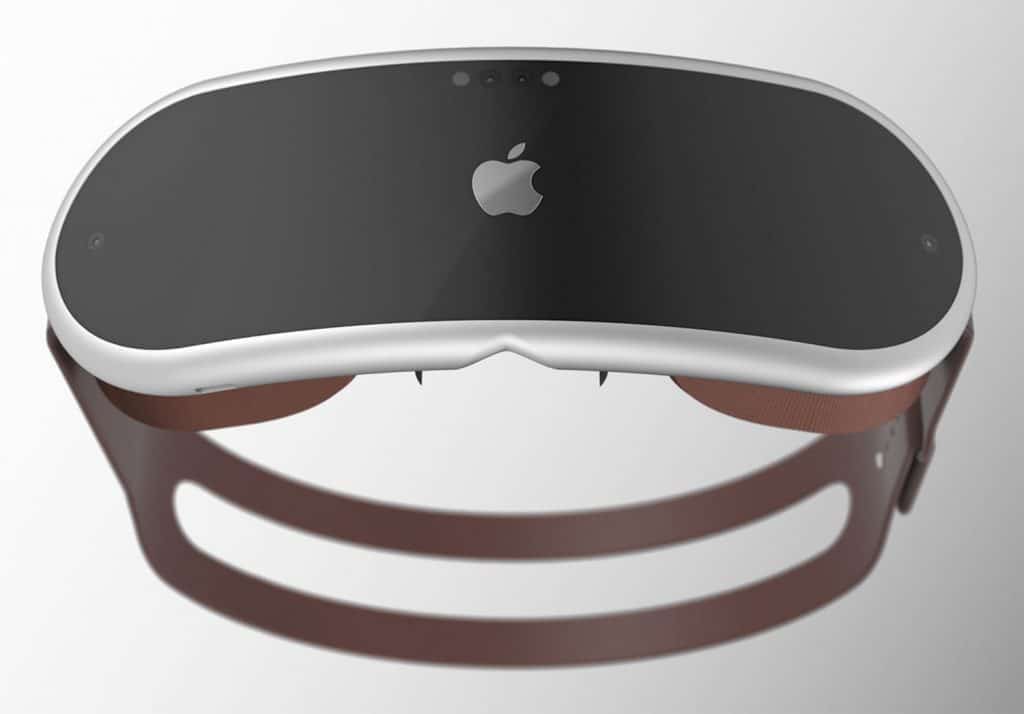Apple’s long-awaited VR/AR headset is finally expected to be released to the public this year, according to a new report from The Information.
The publication has been following the development of the product for several years and has now published additional technical details about the device.
One interesting feature of the headset is the presence of a low-latency transmission mode in the H2 chip of the latest-generation AirPods Pro, which is designed to work in collaboration with the H2 chip inside the headset.
While the headband of the consumer version of the headset includes speakers for the wearer, these can also be heard by nearby bystanders. As a result, it is suggested that paired AirPods may be required for communication functions in order to prevent others from overhearing conversations. It is also suggested that only the H2 chip version of the AirPods will be supported, which would limit compatibility to the latest-generation AirPods Pro only. Other wireless headphones are reportedly unable to be used due to the lag between what users hear and what they see.
The Information also reports that Apple has made a significant effort behind the scenes to ensure that the AirPods roadmap is ready in time for the release of the headset. If this is the case, it is likely that Apple will release other models of AirPods with H2 chips before the headset becomes available for purchase.
In addition to the use of the AirPods, the headset is expected to include a number of other advanced features. These include 4K micro-LED displays for each eye, an outward-facing screen displaying the user’s facial expressions to others, and as many as a dozen cameras and other sensors, all powered by the M2 chip.
The device is also expected to be priced in the vicinity of $3,000 and will feature high-end components and chassis materials such as aluminum, glass, and carbon fiber. It is rumored to be much thinner and lighter than the recently released Meta Quest Pro.
A physical dial similar to the digital crown on the Apple Watch will reportedly be used to enter passthrough video mode, allowing the user to see the outside world through the screens. Input is expected to be primarily through hand gestures and voice recognition. Apple has also reportedly tested accessory controllers in the form of a “thimble” and a “wand,” but it is unclear if these plans are still in development.
According to The Information, gaming is not expected to be a primary use case for the headset. Instead, Apple reportedly sees videoconferencing as a potential “killer app,” with virtual conversations conducted using digital avatars. Some groups within Apple are also said to be working on creating augmented reality educational content. iPhone apps will also be able to run in an overlaid 2D format on the headset.
Are you excited to get your hands on this headset? Let us know and check back soon for more.
